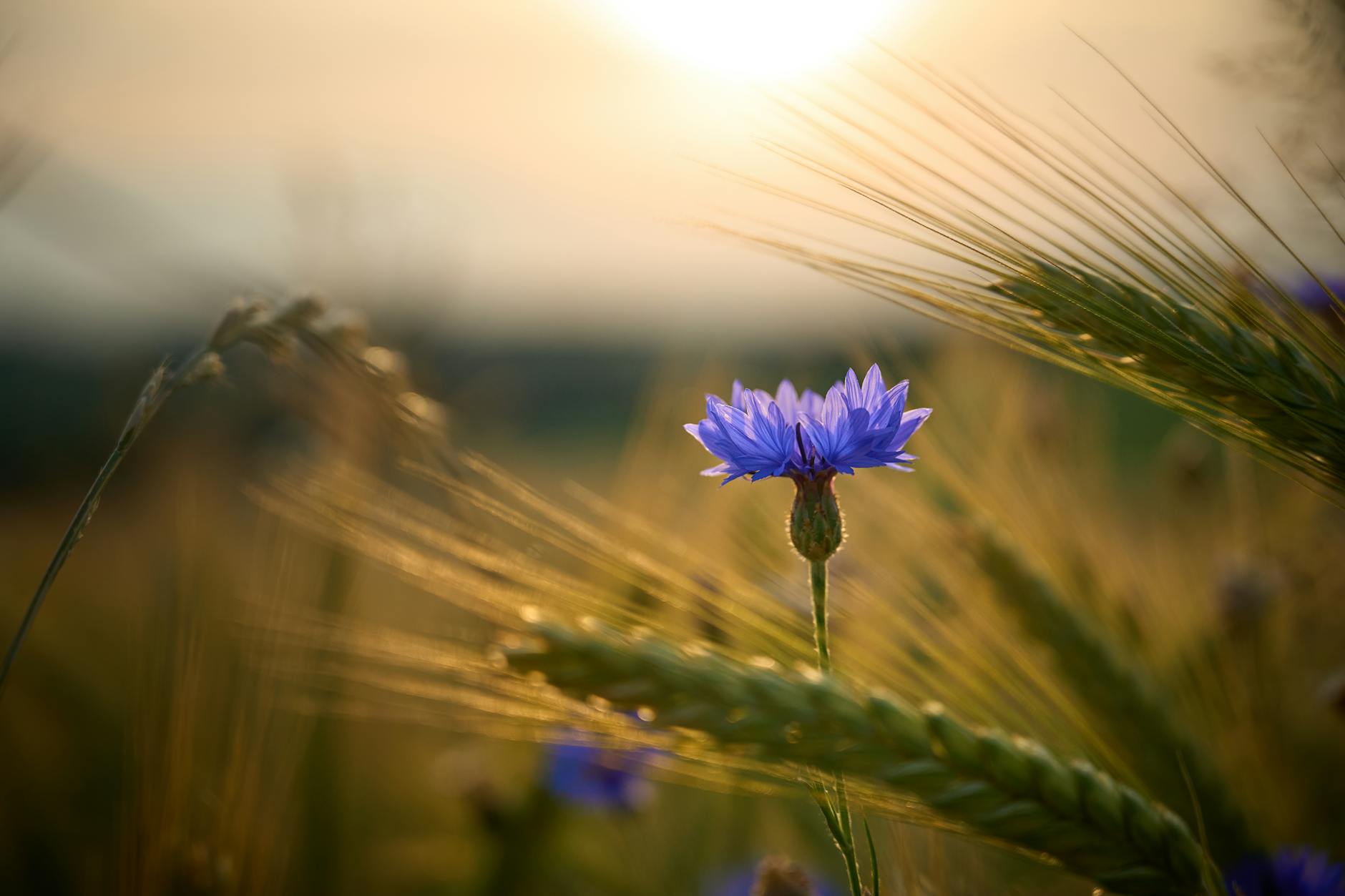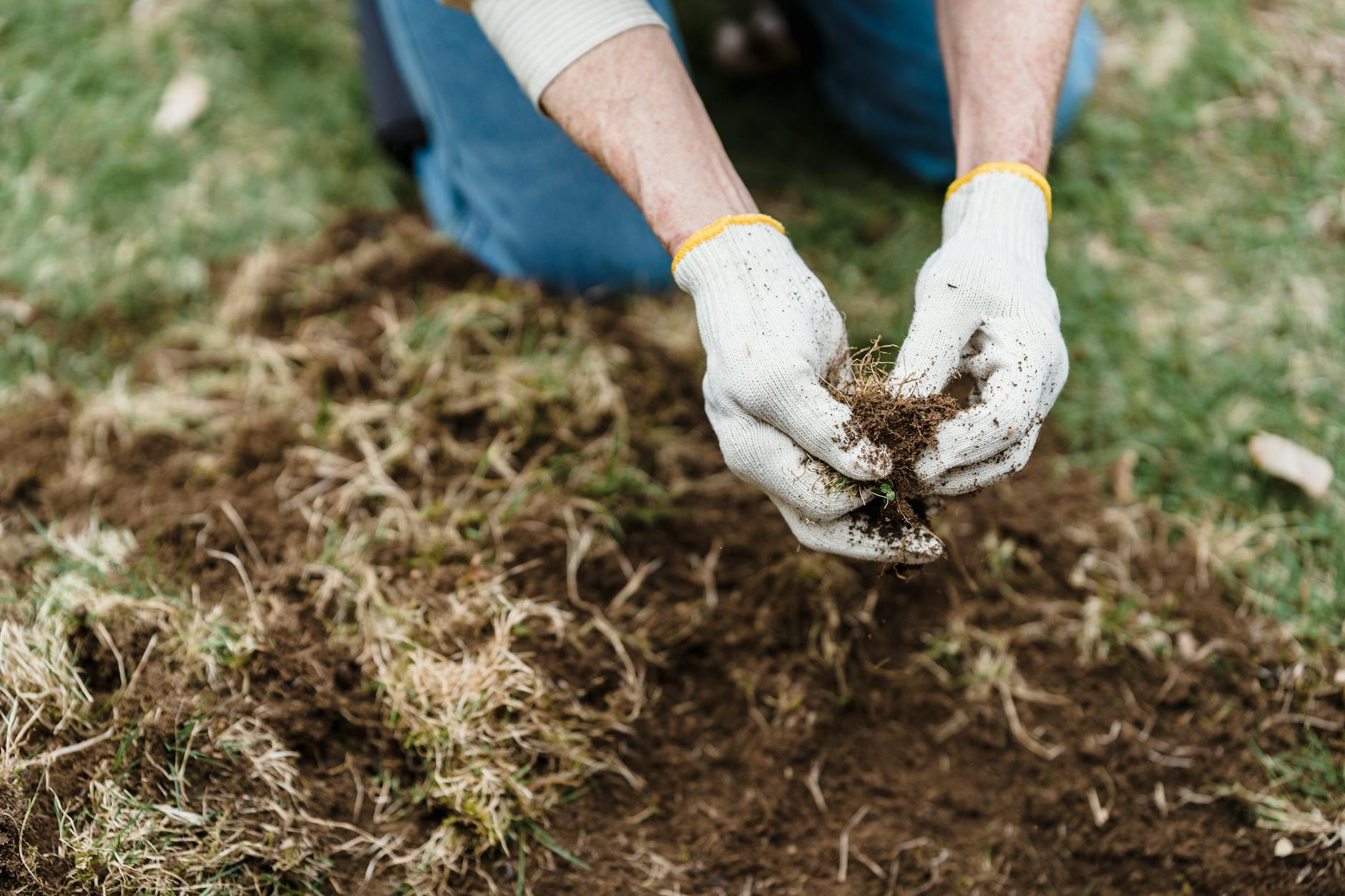Cannabis cultivation, a phenomenon gradually on the rise, is a captivating, rewarding, and often a complex task that necessitates knowledge of cannabis plants’ needs and growth quirks. Whether you envisage undertaking this pursuit as an indoor gardening hobby, or choosing an outdoor growing space, this beginner’s guide will navigate you through the process.
The first part of the journey is acquiring cannabis seeds and focusing on their germination, which kick-starts your growth process. Germinating cannabis seeds isn’t overly complicated– it primarily involves placing them in a damp medium until a small root emerges. The germinated seeds should then be transferred to a growth medium source like rockwool cubes, or directly into the soil if you’re not using a hydroponic system.
Cannabis plants, like other plants, require essential plant nutrients such as Nitrogen (N), Phosphorus (P), and Potassium (K). However, understanding the right mix and timing is vital. Overdoing can cause nutrient burn, while deficit intake can lead to deficiency. Ensure that you provide these nutrients in a balanced ratio; it’s also advisable to use pre-formulated nutrients available in the market source.
Here comes the selection of grow lights, an imperative player in your indoor garden. A few lighting options are High-Intensity Discharge (HID) lights, fluorescent grow lights, and light-emitting diodes (LED) lights. Each of them is suitable for a specific stage of your plant’s growth, and picking the right light can escalate your yield significantly source.
Where marijuana thrives in warm conditions, it also brings the curse of pests. Effective pest control is, therefore, a must. An integrated and eco-friendly approach involves using beneficial insects like ladybugs or biological insecticides derived from plants. Having a regular check on plants is also an effective way to keep potential infestations at bay source.
The art of pruning techniques is another milestone to leverage the maximum output. The method of topping and low-stress training (LST) could increase yield by creating an even canopy, ensuring that light reaches all parts of the plant. Keep in mind that less is often more when it comes to pruning, so don’t overdo it source.
Once your plant has flowered and is ready, it’s time for harvesting. Proper harvesting tips ensure your months of hard work pay off. The point when the trichome color changes from clear to a milky white is the perfect time to harvest. After harvesting, dry the buds properly and cure them to develop flavor and potency source.
When you’ve mastered the fundamentals, you might even consider using advanced techniques such as hydroponics, a method of growing plants without soil. Hydroponic systems allow for better control over the nutrient intake and growing environment, often leading to faster growth and bigger yields source.
Remember the journey of cannabis cultivation is often about learning from your mistakes. Patience, vigilance, and a willingness to invest time will ensure your journey is successful. Be attentive to your plant’s needs, always be eager to learn, and don’t shy away from seeking help from experienced growers.
Embarking on the journey can be quite daunting; however, this guide attempts to outline some of the basics for you to set your foot in. Happy cultivating!

